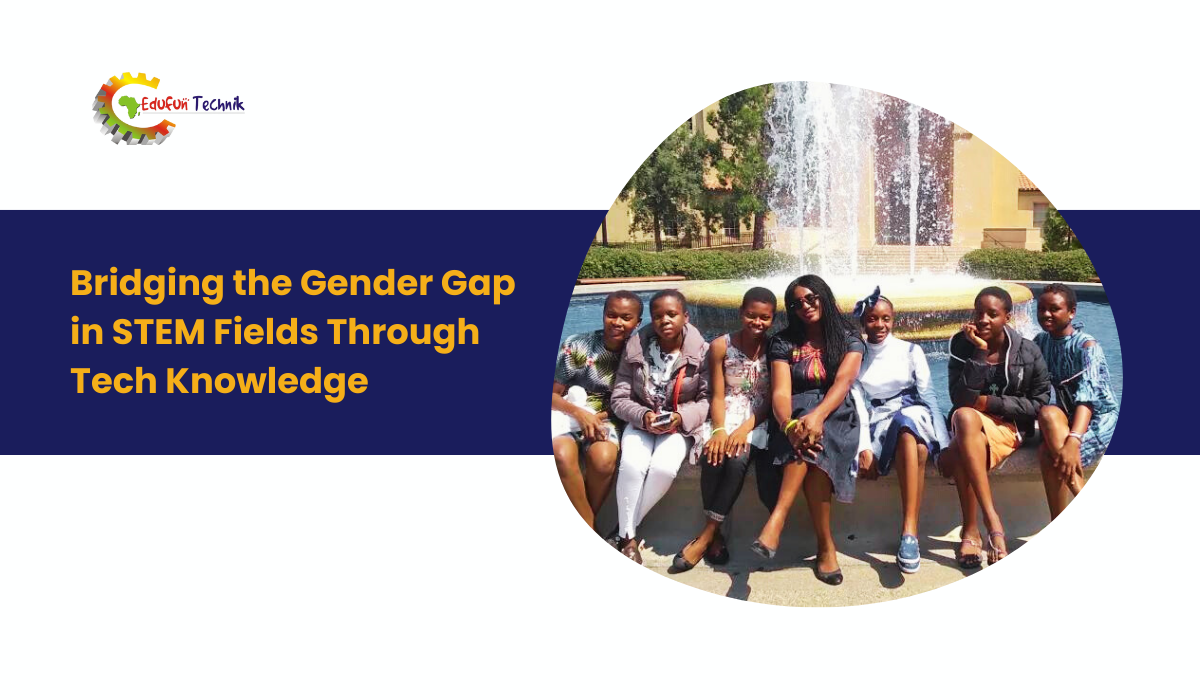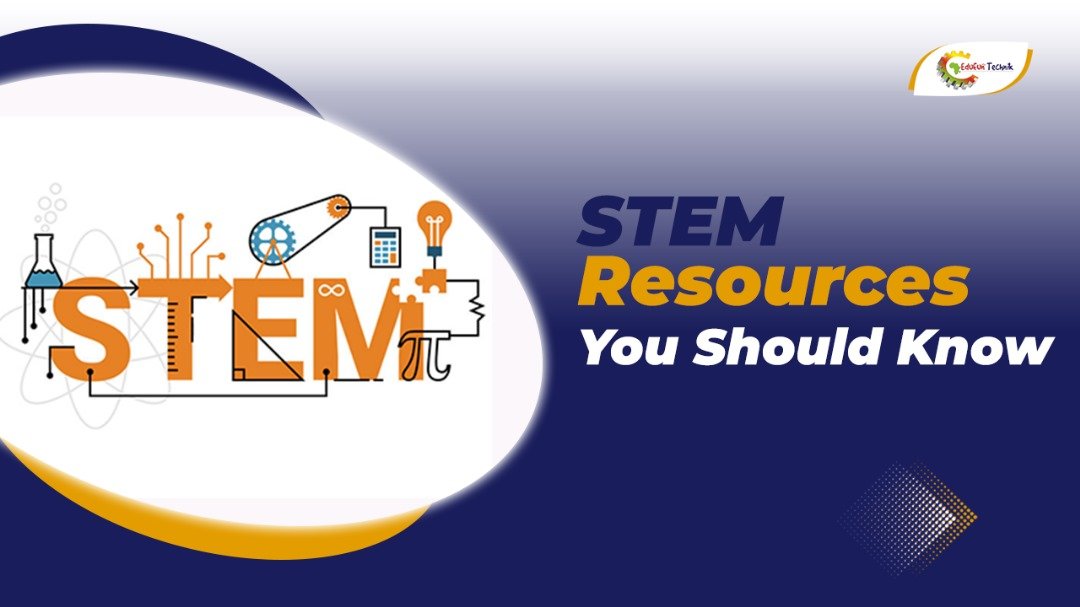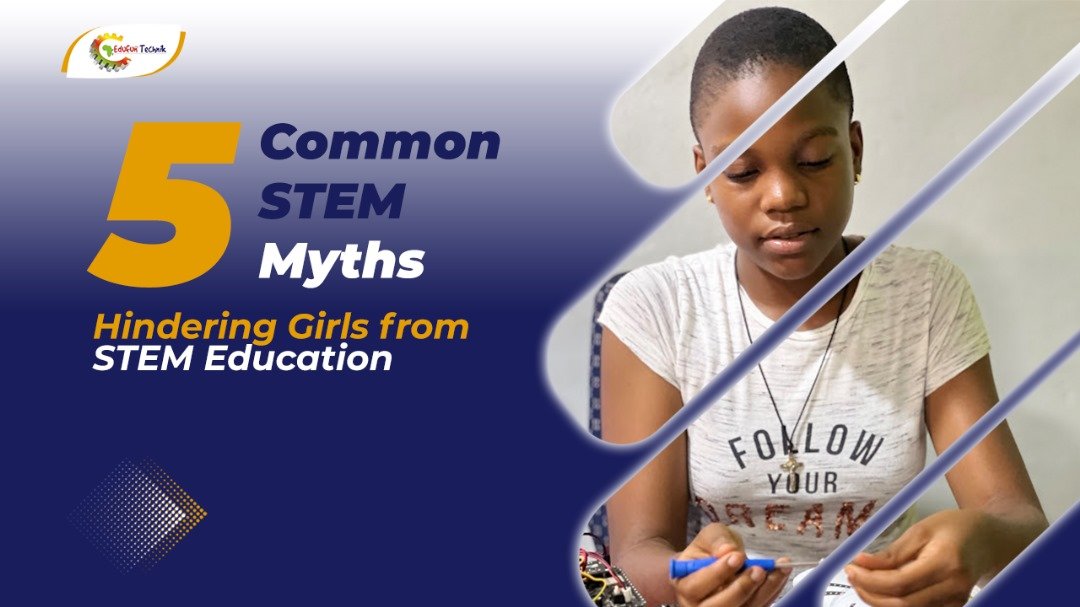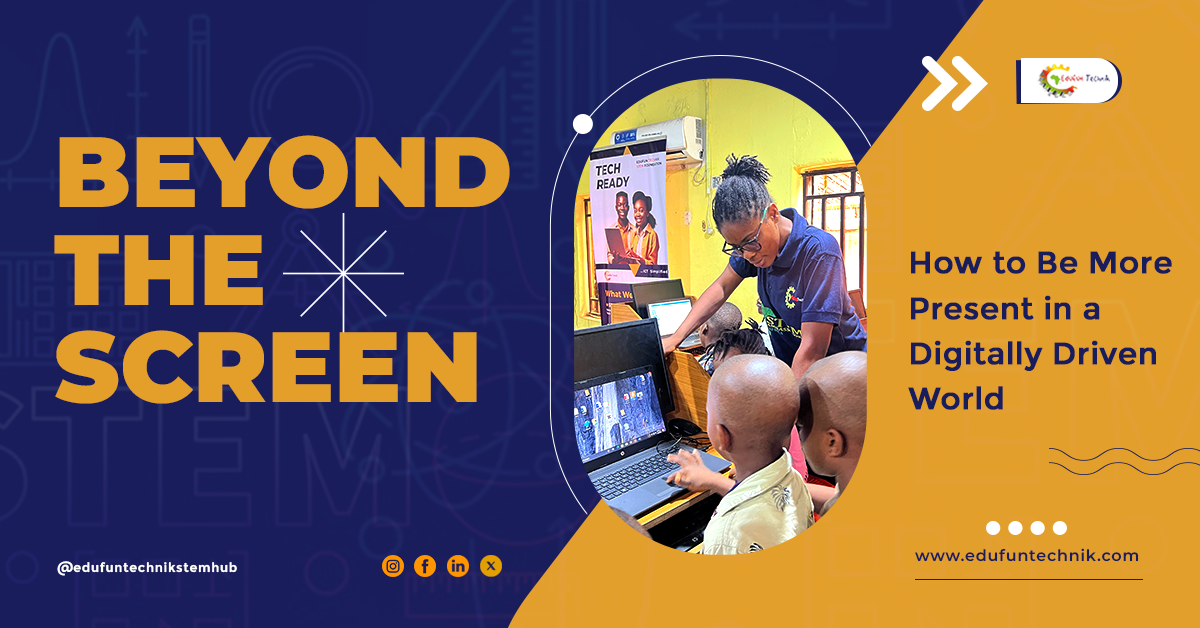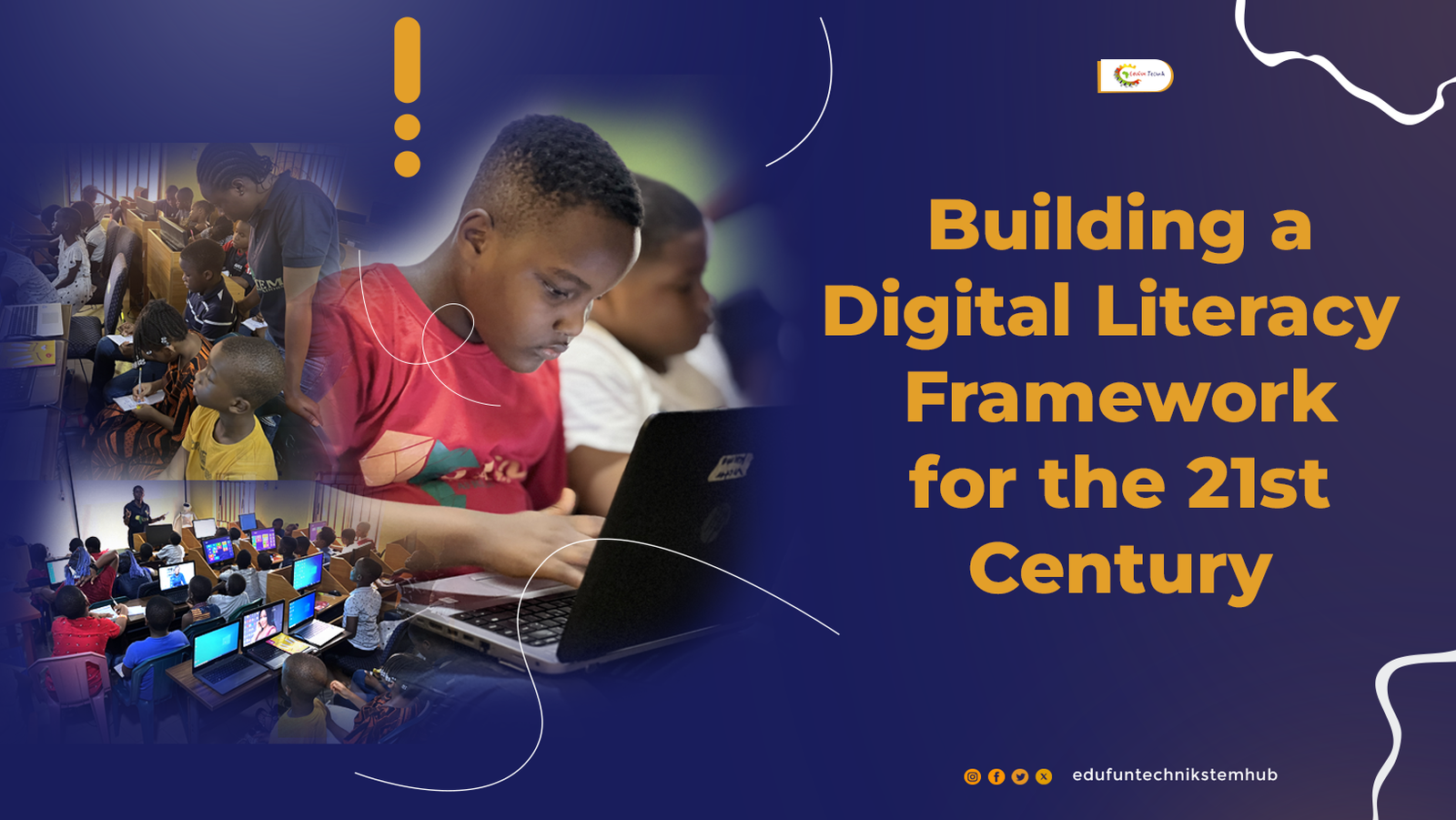Bridging the Gender Gap in STEM Fields Through Tech Knowledge
According to the National Science Foundation, women make up only 28% of the workforce in science and engineering occupations. This difference is even more pronounced in specific areas like computer science and engineering.
The gender gap in STEM fields isn’t new, but it remains a pressing issue in today’s rapidly changing technological space. To bridge this gap, we first need to understand its roots and ongoing challenges.
Historically, STEM fields have been male-dominated, with women often discouraged from pursuing careers in science and technology. This trend has deep societal roots,from gender stereotypes and biases that have persisted for generations.
While these challenges are common globally, they can be particularly acute in developing countries. In Nigeria, for instance, girls face additional obstacles in accessing digital skills education. Competing priorities and responsibilities, often related to household chores or family care, can limit the time available for girls to engage with technology. Lack of family support due to cultural norms or economic constraints, may further hinder girls’ participation in STEM education.
Dr. Jane Smith, a leading researcher in gender studies at MIT, explains, “The notion that boys are naturally better at math and science has been debunked by numerous studies, yet these stereotypes continue to influence career choices and opportunities for women in STEM.” While open discrimination has decreased, not obvious biases and systemic limits continue to prevent women’s progress in STEM fields. These challenges include a lack of role models, with fewer women in leadership positions in STEM, making it difficult for young girls to envision themselves in these roles.
Unconscious bias in hiring and promotion processes can disadvantage women candidates, while work-life balance concerns often prevent women who are also primary caregivers from pursuing demanding STEM careers. Additionally, some tech workplaces still provide a “boys’ club” atmosphere that can be unwelcoming to women, creating not friendly work environments that further discourage female participation and advancement in the field.
The Importance of Tech Knowledge
In today’s digital age, tech knowledge has become increasingly important across all industries. By focusing on increasing tech knowledge among women and girls, we can take significant steps toward bridging the gender gap in STEM. Starting tech education early is key to creating interest and confidence in STEM subjects among girls. Reshma Saujani, founder of Girls Who Code, states, “When we introduce girls to coding at a young age, we are not just teaching them a skill – we are showing them they belong in this field.”
Successful initiatives like Code.org’s Hour of Code have reached millions of students worldwide, with a focus on increasing participation among girls and underrepresented minorities. These programs demonstrate that when given the opportunity and encouragement, girls show equal aptitude and enthusiasm for tech subjects as their male counterparts.
For women already in the workforce, continuous learning in tech can open new career opportunities and help close the gender gap in leadership positions. Online platforms like Coursera and edX offer accessible ways for women to upskill in areas like data science, artificial intelligence, and cybersecurity. This ongoing education not only improves individual career potentials but also contributes to a more different and innovative tech workforce overall.
Successful Initiatives Bridging the Gap
Several organizations and programs have made significant steps in increasing women’s participation in STEM fields. Girls Who Code, a nonprofit organization, has reached over 500,000 girls through its programs, with 50% of participants from historically underrepresented groups in tech. Their success demonstrates the power of targeted initiatives in kindling interest and building confidence among young women in technology.
In Nigeria, organizations like Women Techsters are taking steps in addressing country-specific challenges. Their programs not only focus on teaching coding and other tech skills but also work to overcome barriers such as safety and security concerns that may prevent girls from participating in tech education. By providing safe learning environments and addressing family concerns, these initiatives are helping to change perceptions and increase girls’ access to digital skills education.
Women Techmakers, a program by Google, provides visibility, community, and resources for women in technology. By offering mentorship, networking opportunities, and technical training, this initiative helps women at various stages of their careers to grow in the tech industry. The program’s global reach ensures that women from diverse backgrounds can access valuable resources and support.
The Grace Hopper Celebration, organized by AnitaB.org, has become the world’s largest gathering of women technologists. This annual event provides unparalleled networking and learning opportunities for women in tech, featuring keynote speeches from industry leaders, technical workshops, and career development sessions. The celebration’s growth over the years reflects the increasing demand for spaces that empower and connect women in STEM fields.
Strategies for Bridging the Gap
To effectively bridge the gender gap in STEM through tech knowledge, a more common approach is necessary. Early exposure and education play an essential role in forming girls’ understanding of STEM fields.Also,it is important to consider context-specific challenges. In Nigeria, strategies need to account for competing priorities and responsibilities that girls often face. Flexible learning options, such as mobile learning platforms or after-school programs, can help girls balance their education with other duties.
In addition, initiatives that involve family engagement can help build support systems for girls interested in STEM, addressing the challenge of lack of family support that many Nigerian girls encounter. Schools and community organizations can offer coding clubs and tech workshops specifically for girls, provide hands-on STEM experiences through interactive projects and experiments, and showcase diverse role models in STEM fields.
Dr. Maria Rodriguez, an education researcher at Stanford University, notes, “When we expose girls to tech concepts early and make it fun and relevant to their interests, we see a noticeable increase in their possibility to pursue STEM education later on.” This early intervention can help fight stereotypes and build confidence in girls’ abilities to succeed in tech-related subjects.
Mentorship programs are another powerful tool in bridging the gender gap. Connecting young women with experienced professionals in STEM can provide guidance, support, and inspiration. These programs offer insights into different career paths in tech, provide advice on overcoming challenges in male-dominated fields, and build confidence and aspirations in young women. Sarah Johnson, a senior software engineer at Microsoft shares, “Mentorship was crucial in my career journey. Having someone who believed in me and could offer practical advice made all the difference.”
Companies play an essential role in bridging the gender gap by creating inclusive work environments. This can include implementing blind hiring processes to reduce bias, offering flexible work arrangements to support work-life balance, and providing leadership development programs specifically for women in tech. A recent study by McKinsey & Company found that organizations with diverse leadership teams outperform their peers by 25% when it comes to profitability, highlighting the business case for gender diversity in STEM fields.
Success Stories
Success stories can inspire and motivate more women to pursue STEM careers. Fei-Fei Li, co-director of Stanford’s Human-Centered AI Institute and former chief scientist of AI/ML at Google Cloud, has been a pathfinder in AI research and an advocate for diversity in tech. Her groundbreaking work in computer vision and her leadership in promoting ethical AI have made her a role model for aspiring women in technology.
Oluwadamilola Akintewe, a young Nigerian woman who founded Forbidden Topics, an organization using technology to provide sexual and reproductive health education to young people. Akintewe’s work not only showcases the potential of women in tech but also shows how technology can be used to address critical social issues. Her success, achieved despite limited access to digital resources early in her journey, serves as a powerful example of perseverance and the trans-formative power of tech knowledge.
Kimberly Bryant, the founder of Black Girls Code, has introduced over 30,000 girls of color to computer science, challenging both gender and racial stereotypes in tech. Bryant’s initiative addresses the overlapping of gender and race in STEM fields, providing opportunities for girls who are often twice the degree underrepresented in the tech industry. Her work demonstrates the importance of inclusive approaches to bridging the gender gap in STEM.
Gwynne Shotwell, as President and COO of SpaceX, has played an important role in revolutionizing space technology and serves as a powerful role model for women in aerospace. Shotwell’s leadership in a field traditionally dominated by men showcases the potential for women to excel at the highest levels of advanced technology companies. Her success story inspires young women to dream big and pursue careers in emerging and exciting areas of STEM.
Bridging the gender gap in STEM fields through tech knowledge is not just about equality – it is about unlocking the full potential of our workforce and driving innovation. By implementing strategies for early education, mentorship, workplace inclusion, and continuous learning, we can create a more diverse and dynamic STEM landscape. The success stories and initiatives highlighted above demonstrate that progress is possible and that the benefits of gender diversity in STEM extend far beyond individual careers.
As you consider your role in this important mission, remember that every action counts. Whether you are a student, educator, professional, or leader, you have the power to contribute to closing the gender gap in STEM. Students can seek out STEM opportunities and pursue their interests in tech without fear. Educators can make their STEM curriculum more inclusive and engaging for all students. Professionals can become mentors or advocates for women in their field. Leaders can examine their organization’s policies and culture to ensure they support gender diversity in STEM roles.
As we work towards bridging the gender gap in STEM, it is essential to recognize and address the unique challenges faced by girls in different parts of the world. In Nigeria, and similarly in other developing countries, efforts must focus on improving digital skills education in schools, increasing access to digital devices and internet connectivity, and addressing safety and security concerns. By addressing these specific barriers alongside global initiatives, we can ensure that the movement towards gender equality in STEM is truly inclusive and effective on a global scale.

